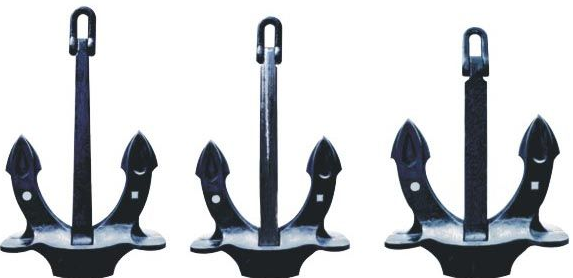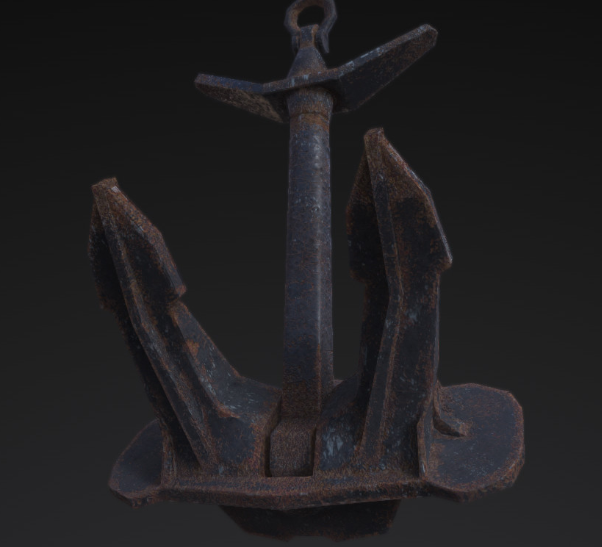
Hall anchors are, quite simply, the most important safety gear you can have if you work with or around electrical wiring. In layman’s terms, they are devices that prevent people from becoming electrocuted when working on or near electrical wiring. Hall anchors come in a variety of shapes and sizes, and they all serve the same basic purpose: to keep you safe. If you’re ever in doubt about what type of hall anchor to buy, or if you need to replace your current one, be sure to check out this blog post for more information.
A hall anchor is a safety device that helps prevent people from becoming electrocuted when working on or near electrical wiring.
What is a Hall Anchor? How do Hall Anchors Function?
A hall anchor is a structural component that connects the first floor of a building to the second floor. It also helps resist wind and seismic loads and stabilizes the overall structure.
Hall anchors are often made of steel or concrete and can be either embedded or pinned into the concrete. They’re typically located near the main entrance or near an elevator shaft.
How do Hall Anchors Function:
Hall anchors are a type of safety device that is used in factories, warehouses, and other large, open spaces. They are used to hold up flooring or other materials so that they do not collapse under the weight of a heavy object. Hall anchors are made out of metal or plastic and have a screw on top. When you attach the hall anchor to the surface it is supposed to be attached to, you turn the screw until it stops. This holds the anchor in place.
Types of Hall Anchors
Hall anchors are the most common type of anchor in basements and crawl spaces. They’re usually made from metal or plastic, and have a hole in the middle so they can be bolted to the wall.
There are a few different types of hall anchors:
Sleeve Anchor: This type of anchor has a round sleeve that’s inserted into the hole in the wall. Then, a bolt is inserted through the sleeve and tightened to hold the anchor in place.
Box Anchor: This type of anchor is similar to a sleeve anchor, but it has a rectangular box on top that holds the bolt in place. The box is then screwed onto the wall.
When Should You Replace Your Hall Anchor?

If your hall anchor is corroded, weak, or missing, it should be replaced. Corrosion can weaken the anchor and allow it to come loose from the wall. A weak anchor can also cause a wobble in the wall that may lead to severe structural damage. If your hall anchor is missing, it may not hold the wall in place, potentially leading to instability in the structure.
How Does an Anchor Work?
An anchor is a mechanism that attaches a ship or boat to the ground, either with a chain, rope, or large hook. Anchors are typically made from metal or plastic and come in different sizes, shapes, and weights.
Anchors are used for a variety of purposes, including anchoring vessels in port and preventing them from drifting away, supporting ships while they are docked, and holding down platforms during construction.
Uses for Hall Anchors
Hall anchors are used in a variety of applications, from office spaces to schools. They are often found in hallways, where they keep walls from shifting or falling. There are many different uses for hall anchors, but here are some of the more common ones:
1. Holds up a wall
2. Keeps a door from slamming shut
3. Prevents a wall from collapsing
4. Supports furniture
Benefits of using a Hall Anchor
Hall anchors are a type of safety equipment used to prevent a person from becoming trapped between two walls or objects. They are made out of metal and are fastened to the wall or object they’re attached to with screws or bolts. When installed properly, hall anchors can help keep ceilings and walls in place and maintain structural integrity. Additionally, hall anchors can be used to hold signs and decorations in place, preventing them from falling down.
Conclusion
A hall anchor is an important safety device used in construction and application. It is a short piece of metal with a large surface area, usually rectangular or round in shape, that can be attached to the wall to provide stability in areas where there is a danger of collapse.